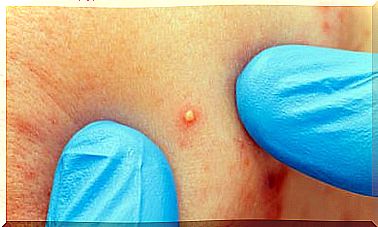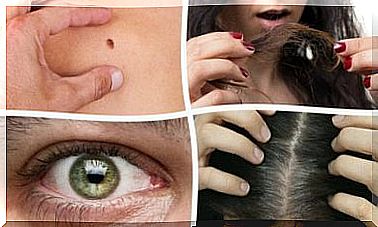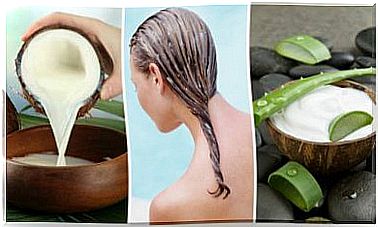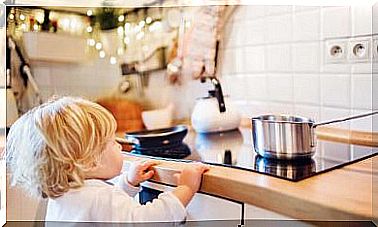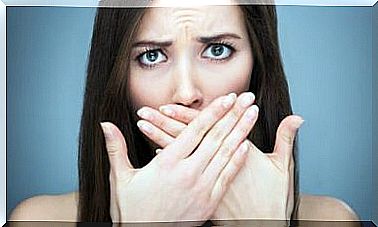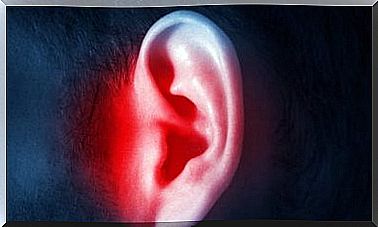7 Tips Against Dampness In The Home
In addition to various products against dampness or mold, it is important to ventilate the affected areas well to prevent fungi from spreading and bad smells.
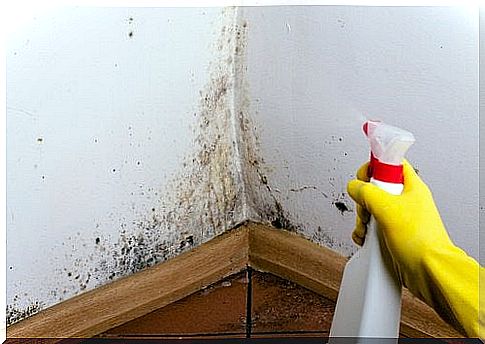
Moisture in the home can arise from various materials, the climate or a lack of ventilation.
It is a problem that is associated with health risks, particularly those associated with mold growth. This also causes dust mites and bad smells to multiply.
As a result, there are unsightly stains on the walls and in corners, which over time can lead to allergies and breathing difficulties.
The color of the wall changes and the structure also suffers as a result.
There are several natural remedies that can help combat moisture as well as mold. Not only can you remove the unsightly stains, but you can also prevent health problems.
Today’s post is about 7 tips that can naturally help you get rid of the problem without the need for harsh chemicals. Read on to learn more about it.
1. White vinegar against moisture
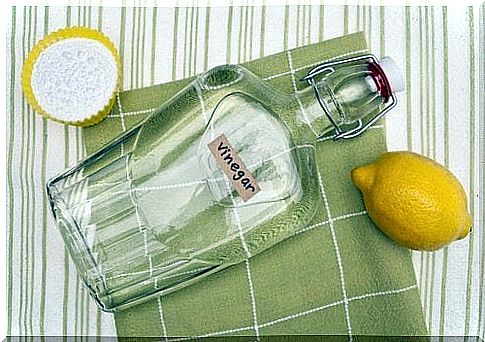
White vinegar is an excellent natural product that is perfect for cleaning mold as well as moisture.
This agent is excellent for the walls as well as in the bathroom, the kitchen and for cleaning clothes.
The inherent smell is not necessarily pleasant, but white vinegar puts an end to unpleasant smells that arise from moisture in the cupboards .
ingredients
- ½ cup white vinegar (125 ml)
- ¼ cup of water (62 ml)
- 1 spray bottle
preparation
- Mix the white vinegar with the water and then pour it into a spray bottle.
- So that the affected areas spray and at the same time ventilate the room so that the vinegar then dries. Repeat this procedure every day for a week.
- If the stains are very difficult to remove, you can also use undiluted vinegar.
2. Open the windows
Good ventilation is an easy way to prevent mold and dust mite buildup.
3. Do not cover up moisture
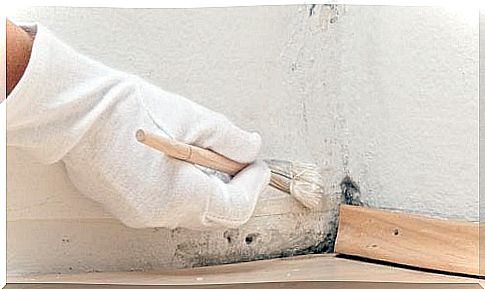
Even if you don’t want to see the stains, you shouldn’t just hide the moisture on the walls behind furniture or other elements.
Because in this way you are only preventing proper ventilation, which leads to increased mold.
Furniture should be at a sufficient distance so that enough air can get to the affected areas.
4. Do not hang laundry in the house
If you hang the laundry around the house, there will be increased moisture, which in turn leads to bad smells and an increased risk of mold.
5. Soda
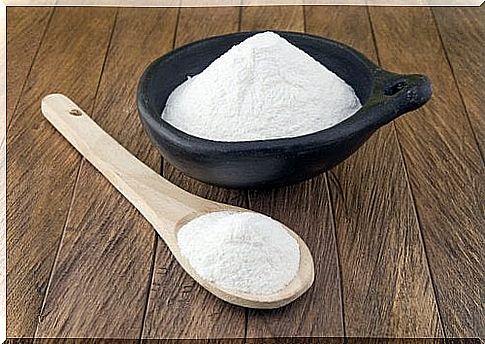
Another inexpensive way to get rid of bad smells and moisture stains is baking soda.
It is a gentle agent with antibacterial and antifungal properties that has an absorbent effect.
How is baking soda used?
- Rub some baking soda on the affected area and let it sit for two hours before removing it with a brush.
- You can also put some baking soda in a mug and place it in the damp cupboards so that the moisture can be absorbed.
6. Sea salt
This natural ingredient can also do excellent indoor dampness.
Sea salt disinfects, neutralizes strong odors and prevents dark mold stains from forming.
use
- Simply put sea salt in small containers and cloth bags and hang up in your wardrobe. Replace once a month.
7. Borax
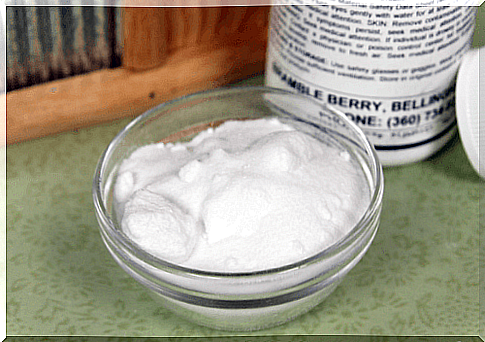
Borax has fungicidal properties, but is not as aggressive to the environment as, for example, bleaching lye.
There are several ways to use borax to clean the house. Also to mold this means is excellent.
use
- Put on gloves when using borax. Dilute one tablespoon of borax with two liters of water.
- This mixture is then applied to the affected areas with a brush. Let the remedy work for half an hour and then clean the dampened areas with a dry cloth.
As you can see, there are many ways that moisture or mold can be removed naturally. Follow these recommendations and put an end to this problem!
